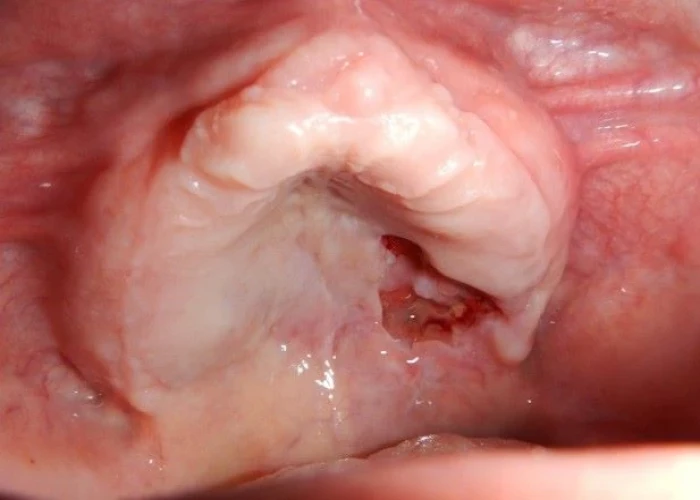 Welcome
Welcome
“May all be happy, may all be healed, may all be at peace and may no one ever suffer."
Non-Hodgkin's lymphoma
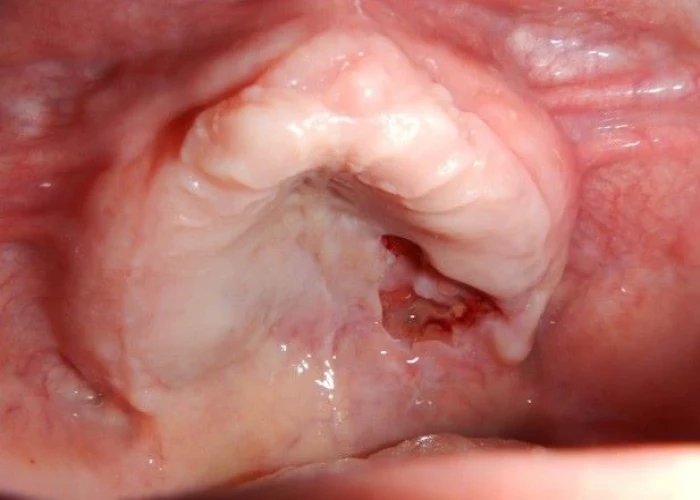
Non-Hodgkin's lymphoma (NHL) is a type of cancer that affects the lymphatic system, which is part of the body's immune system. NHL occurs when abnormal lymphocytes, a type of white blood cell, grow out of control and form tumors in lymph nodes or other lymphatic tissues.
There are many different subtypes of NHL, which are classified based on the type of lymphocyte involved, the location of the tumor, and the rate of growth. Some common subtypes of NHL include:
- Diffuse large B-cell lymphoma: The most common subtype of NHL, which can occur at any age and is characterized by rapidly growing tumors.
- Follicular lymphoma: A slow-growing subtype of NHL that typically affects older adults and is characterized by tumors that grow in lymph nodes.
- Mantle cell lymphoma: A rare subtype of NHL that typically affects older adults and is characterized by tumors that grow in the mantle zone of lymph nodes.
- Marginal zone lymphoma: A type of NHL that affects B-cells and is characterized by tumors that grow in the marginal zone of lymph nodes.
Symptoms of NHL can vary depending on the location and subtype of the cancer, but may include enlarged lymph nodes, fever, night sweats, fatigue, and weight loss. Treatment for NHL may include chemotherapy, radiation therapy, targeted therapy, immunotherapy, or a combination of these treatments, depending on the subtype and stage of the cancer. Prognosis for NHL can vary widely depending on the subtype and stage of the cancer, but early diagnosis and treatment can improve the chances of successful treatment and remission.
Research Papers
Disease Signs and Symptoms
- Swollen lymph nodes
- Swollen neck
- Abdomen pain
- Swollen abdomen (Ascites)
- Chest pain
- Difficulty breathing (dyspnea)
- Fever
- Night sweats
- Weight loss
Disease Causes
Non-Hodgkin's lymphoma
In most instances, doctors don't know what causes non-Hodgkin's lymphoma. It begins when your body produces too many abnormal lymphocytes, which are a type of white blood cell.
Normally, lymphocytes go through a predictable life cycle. Old lymphocytes die, and your body creates new ones to replace them. In non-Hodgkin's lymphoma, your lymphocytes don't die, and your body keeps creating new ones. This oversupply of lymphocytes crowds into your lymph nodes, causing them to swell.
B cells and T cells
Non-Hodgkin's lymphoma most often begins in the:
- B cells. B cells are a type of lymphocyte that fights infection by producing antibodies to neutralize foreign invaders. Most non-Hodgkin's lymphoma arises from B cells. Subtypes of non-Hodgkin's lymphoma that involve B cells include diffuse large B-cell lymphoma, follicular lymphoma, mantle cell lymphoma and Burkitt lymphoma.
- T cells. T cells are a type of lymphocyte that's involved in killing foreign invaders directly. Non-Hodgkin's lymphoma occurs much less often in T cells. Subtypes of non-Hodgkin's lymphoma that involve T cells include peripheral T-cell lymphoma and cutaneous T-cell lymphoma.
Whether your non-Hodgkin's lymphoma arises from your B cells or T cells helps to determine your treatment options.
Where non-Hodgkin's lymphoma occurs
Non-Hodgkin's lymphoma generally involves the presence of cancerous lymphocytes in your lymph nodes. But the disease can also spread to other parts of your lymphatic system. These include the lymphatic vessels, tonsils, adenoids, spleen, thymus and bone marrow. Occasionally, non-Hodgkin's lymphoma involves organs outside of your lymphatic system.
Disease Prevents
Disease Treatments
Several non-Hodgkin's lymphoma treatments are available. Which treatment or combination of treatments is best for you will depend on the particulars of your lymphoma, such as the types of cells involved and whether your lymphoma is aggressive. Your doctor also considers your overall health and your preferences.
If your lymphoma appears to be slow growing (indolent) and doesn't cause signs and symptoms, you might not need treatment right away. Instead, your doctor may recommend regular checkups every few months to monitor your condition and whether your cancer is advancing.
If your non-Hodgkin's lymphoma is aggressive or causes signs and symptoms, your doctor may recommend treatment. Options may include:
Chemotherapy
Chemotherapy is a drug treatment that kills cancer cells. It can be given orally or by injection. Chemotherapy drugs can be used alone, in combination with other chemotherapy drugs or combined with other treatments.
Chemotherapy is a common initial treatment for non-Hodgkin's lymphoma. It might also be an option if your lymphoma comes back after your initial treatments.
For people with non-Hodgkin's lymphoma, chemotherapy is also used as part of a bone marrow transplant, also known as a stem cell transplant. Very high doses of chemotherapy drugs can help prepare your body for the transplant.
Radiation therapy
Radiation therapy uses high-powered energy beams, such as X-rays and protons, to kill cancer cells. During radiation therapy, you lie on a table and a large machine moves around you, directing the energy beams to specific points on your body.
For certain types of non-Hodgkin's lymphoma, radiation therapy may be the only treatment you need, particularly if your lymphoma is slow growing and located in just one or two spots. More commonly, radiation is used after chemotherapy to kill any lymphoma cells that might remain. Radiation can be aimed at affected lymph nodes and the nearby area of nodes where the disease might progress.
Targeted drug therapy
Targeted drug treatments focus on specific abnormalities present within cancer cells. By blocking these abnormalities, targeted drug treatments can cause cancer cells to die.
For non-Hodgkin's lymphoma, targeted drugs can be used alone, but are often combined with chemotherapy. This combination can be used as your initial treatment and as a second treatment if your lymphoma comes back.
Engineering immune cells to fight lymphoma
A specialized treatment called chimeric antigen receptor (CAR)-T cell therapy takes your body's germ-fighting T cells, engineers them to fight cancer and infuses them back into your body.
CAR-T cell therapy might be an option for certain types of B-cell non-Hodgkin's lymphoma that haven't responded to other treatments.
Bone marrow transplant
Bone marrow transplant, also known as a stem cell transplant, involves using high doses of chemotherapy and radiation to suppress your bone marrow and immune system. Then healthy bone marrow stem cells from your body or from a donor are infused into your blood where they travel to your bones and rebuild your bone marrow.
For people with non-Hodgkin's lymphoma, a bone marrow transplant might be an option if other treatments haven't helped.
Immunotherapy
Immunotherapy uses your immune system to fight cancer. Your body's disease-fighting immune system may not attack your cancer because the cancer cells produce proteins that help them hide from the immune system cells. Immunotherapy works by interfering with that process.
Immunotherapy drugs may be an option for certain types of non-Hodgkin's lymphoma if other treatments haven't helped.
Disease Diagnoses
Disease Allopathic Generics
Disease Ayurvedic Generics
Disease Homeopathic Generics
Disease yoga
Non-Hodgkin's lymphoma and Learn More about Diseases

Infant reflux
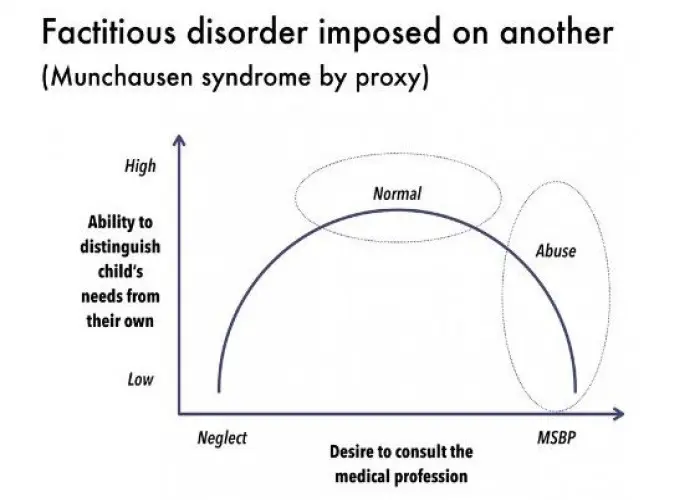
Factitious disorder

Osteochondritis dissecans
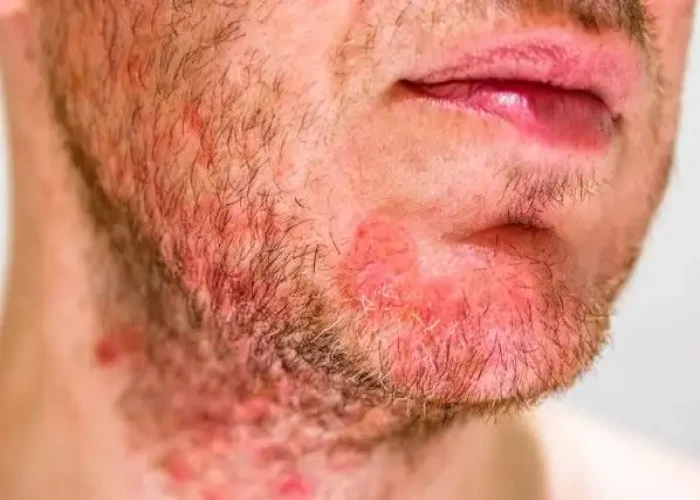
Seborrheic dermatitis

Thyroid cancer
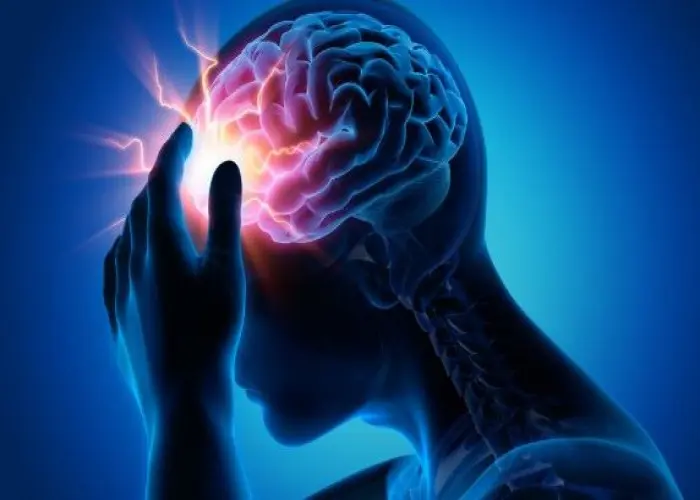
Headaches in children

Restless legs syndrome

Pediatric thrombocytopenia
non-Hodgkin's lymphoma, নন-হজকিনের লিম্ফোমা
To be happy, beautiful, healthy, wealthy, hale and long-lived stay with DM3S.
